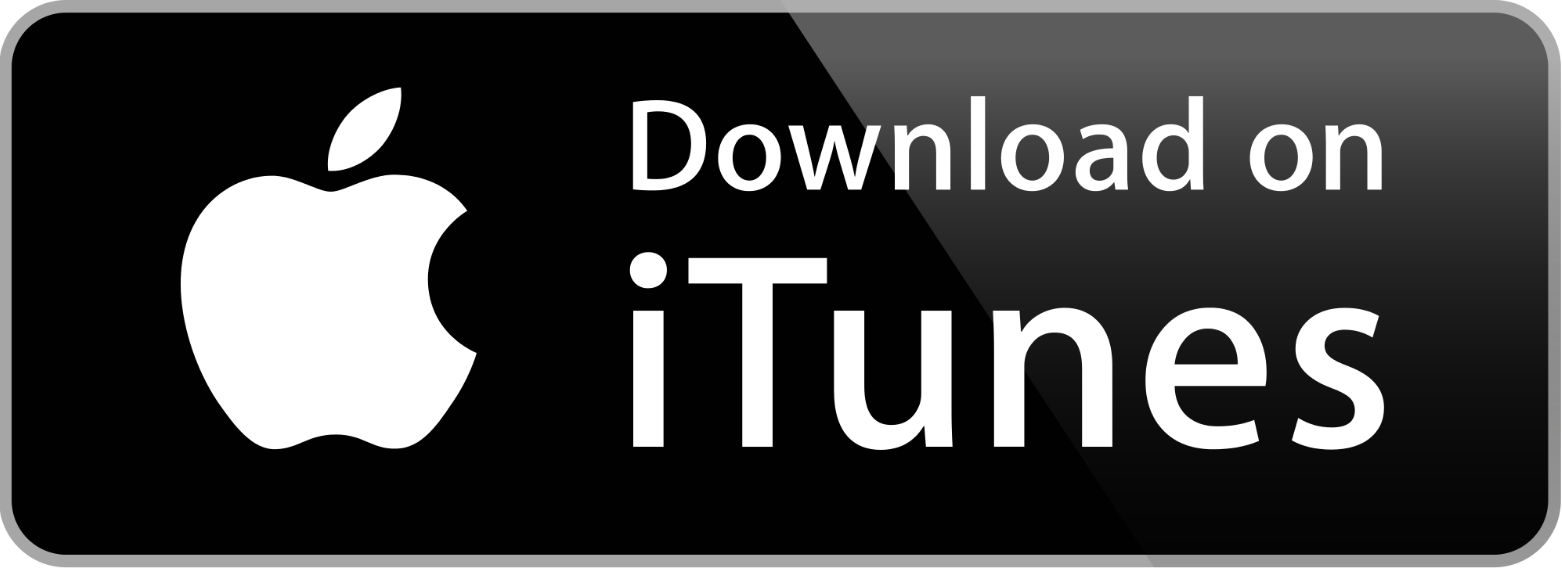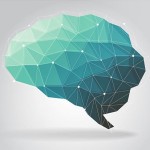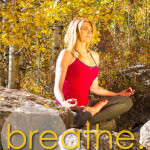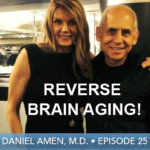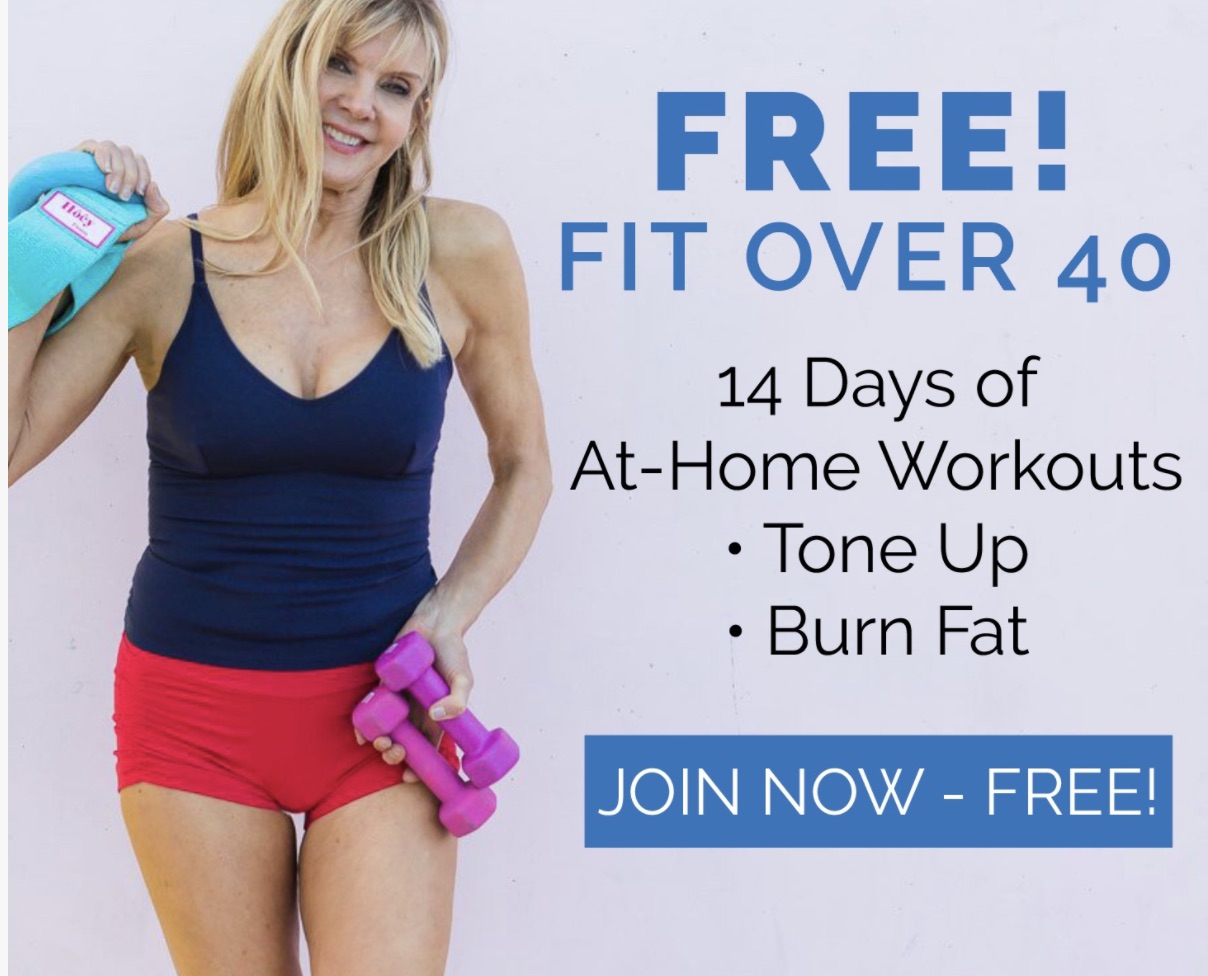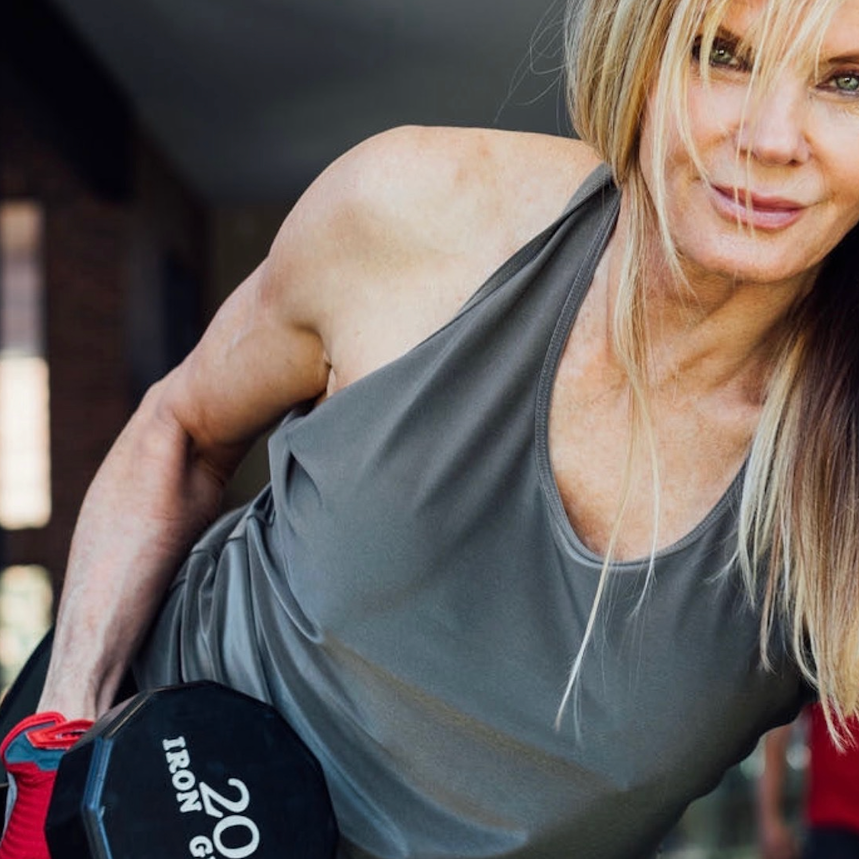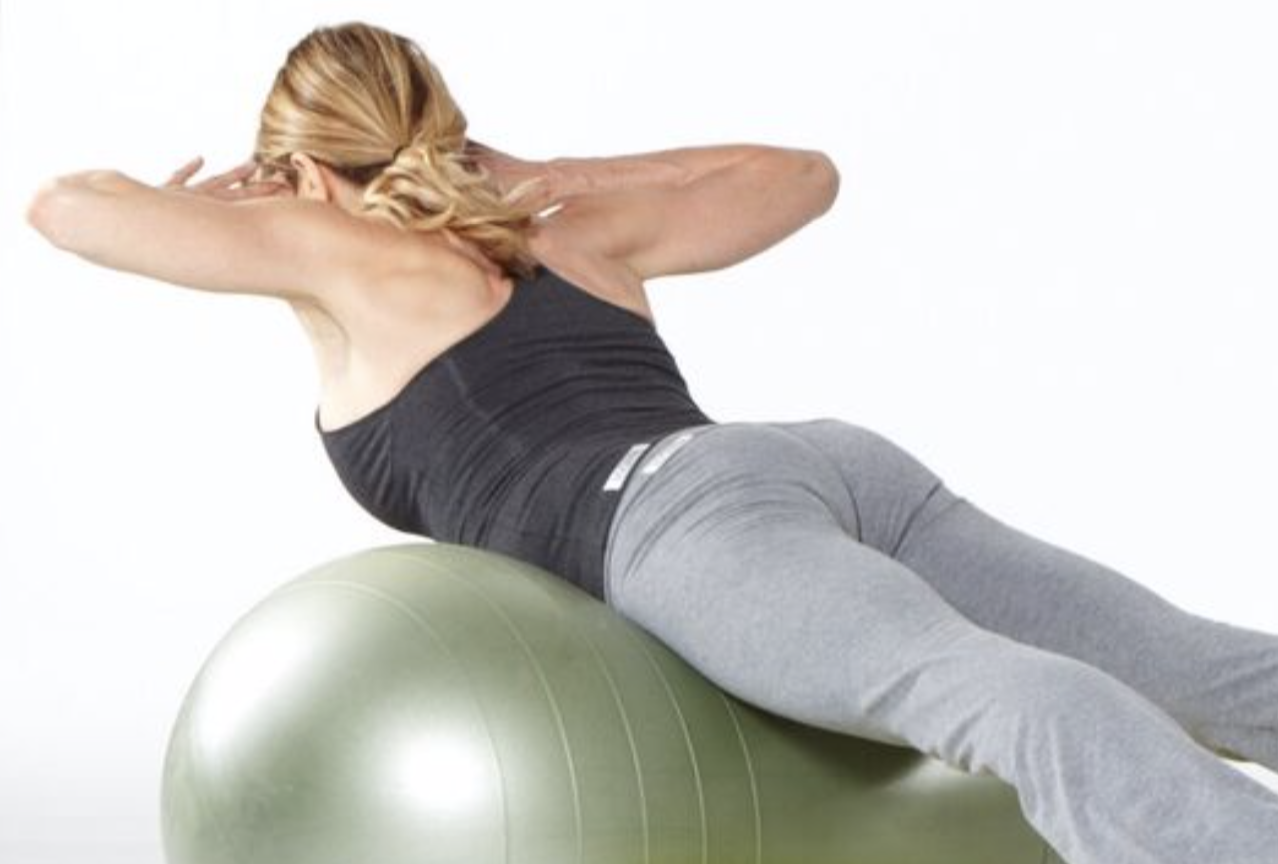Episode 36 | Dr. Joe Pizzorno | Avoid These Toxins Every Day
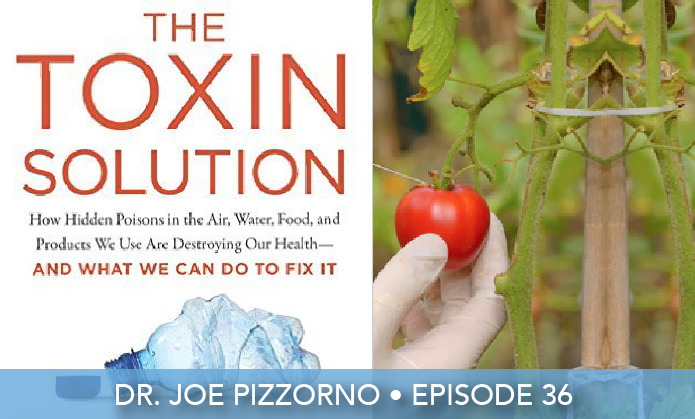
CLICK PLAY!
FAMILIAR WITH PODCASTS? LISTEN ON iTUNES!
Follow Along With The Transcript!
Kathy Smith: Joe, welcome to the show.
Joseph Pizzorno: Thank you. Great chatting with you today.
Kathy Smith: Now, listen. I think, maybe, I bet our paths crossed many, many years ago without us even knowing it, because in the mid-70s, I became fascinated with orthomolecular medicine which, as you know, is basically about micronutrients in food and how it impacts our bodies and our well beings.
In those days, there was a place called the Brain Bio Institute. It was at Princeton. I flew to this institute and, at that point, Dr. Pfeiffer was spearheading research on mental disorders including schizophrenia, and they were using megavitamin therapy. They were having terrific results, and some surprising results. It was really what ignited my whole passion for nutrition.
Now, at the same time, you were this pioneer in the movement of healing the body with all these natural remedies through food, through all of your ground-breaking research, so it’s interesting. Did you know anything about the Brain Bio Institute back then? Had you heard about it?
Joseph Pizzorno: Oh, most certainly. I was very interested in their work. You mentioned about the whole area of orthomolecular medicine, I’ve been quite surprised by its lack of having kind of stuck around and caught on. I was just having lunch with Jeff Bland Monday and we were talking about that. Here, you have this brilliance of orthomolecular medicine, but it didn’t stick for some reason. We’re trying to figure out why didn’t it stick, because it was so good.
Kathy Smith: Yeah, interesting. Well, now, your focus is toxins. Why? Tell me why.
Joseph Pizzorno:I’ve been involved in medicine now for about half a century – first, as a researcher in conventional medicine and, then, I learned about naturopathic medicine and became quite, quite interested and became a student and a doctor and eventually founding Bastyr University.
So, over this period of time, I’ve had a lot of opportunity to just look at why are people sick and how do you help them become healthy? What’s quite remarkable is that the reason people are sick have changed over this half century. So, when I started a clinical practice way back in 1975, people were typically sick because of nutritional deficiencies, lack of exercise, poor lifestyle behaviors like smoking, things to this nature. So, you might say their sick because of the active things they were doing – I might say actually things they were doing wrong.
Then, it changed. What’s happened is we now have passive causes of disease that have overwhelmed the active choices people make. When I say passive choices, what I’m saying is things like our food is now highly polluted with environmental toxins and depleted nutrients. The air, if you live anywhere near a city or any kind of an industry, is full of toxins. Our water supplies are contaminated.
As a matter of fact, I just finished an editorial on arsenic for my journal, Integrated Medicine – A Clinician’s Journal or IMCJ for short. As near as I could tell, about 10% of the water supplies in the U.S. have arsenic levels high enough to actually induce disease, things like the health and beauty aids that are high in phthalates that cause troubles. Anyway, you start looking at all these things we’re exposed to without our making active choices, they’re causing disease in us.
Kathy Smith: Well, it’s interesting. I mean, I want to start breaking the topic down a little bit, because I know when people hear the word toxins, and especially when they hear that their pervasive, their everywhere, you can almost tune out because it’s like, ‘Ok, what can I do about this,’ or ‘Is this just scare tactics,’ let’s say.
I will tell you personally, I’ve seen through the years how reactive I am to certain products. For example, if I step into an Uber and it has an air freshener in there, my skin starts to get itchy, or if somebody’s wearing perfume and I’m sitting at a dinner table next to them, I might start to get a little tension in the back of my head, a little headache, or if I’m in a hotel that has these sheets and they’ve been washed in fabric softeners, I’ll actually start to feel my heart start to race a little bit. So, I noticed this connection between the environment and what I put in my house and what I put on my body many, many, many years ago.
I started slowly cleaning up my act so to say, because it’s hard to do one fell swoop. What I love about what you talk about in your book is that you have a program. I think you understand. It’s like you can’t do it all at once, but it’s sort of like, well, let’s start small and build on our successes. So, if people were going to start looking at areas that they need to start to look at the products they’re using, where would you start?
Joseph Pizzorno: Great introduction and, by the way, I congratulate you for listening to your body. I think what’s one of the great, unfortunate side effects of conventional medicine where they basically say, ‘Well, it doesn’t matter what you do pretty much with your life. When you’re sick, come and we’ll give you a drug and we’ll fix it.’ In reality, of course, the drugs don’t fix it or they rarely fix it. Most of the time, they just cover up the symptoms. So, being aware of your body and being aware of when you’re not feeling well and fear of where it’s coming from is quite important. So, I really congratulate you on that.
Kathy Smith: Thank you.
Joseph Pizzorno: When I started looking at where the toxins are coming from, it’s pretty clear the primary source is food. I would say probably 70% of the average person’s toxins are coming from food. We’re not talking about small effects; we’re talking about big effects. So, I say food. There are basically three things you get in food that we don’t want.
One, of course, are the insecticides and the pesticides and these chemicals are added to food to keep the insects down. So, organochlorine pesticides, organophosphate pesticides, these are the kinds of things you see. The problem with these things is that they were designed to kill insects. For example, organophosphate pesticides were designed to kill insects by destroying their neurological system. Why we think they’re not going to affect our neurological system is a mystery to me. So, for example, a number of studies have now looked at children and looked at children’s levels of organophosphate pesticides and did things like look at their IQ, look at the incidence of ADHD and things to this nature. What they find is the higher levels of organophosphate pesticides the children are exposed to, not just as children but in utero when they’re in the mother’s womb, it has a huge effect.
Kathy Smith: Can I just interrupt for a second? Tell me the name of the pesticide you’re saying, just so we have it. Say it nice and slow.
Joseph Pizzorno: Yes, I do speak quickly. One of the jokes I tell when I’m giving lectures is when I was seven years old, my next-door neighbor asked my mother if I was speaking Italian. My mother’s response was, “No. I don’t understand him either.”
Kathy Smith: Oh, good. Ok, so, it’s a pesticide. I got pesticide, but what was the pesticide you were talking about?
Joseph Pizzorno: It’s called organophosphate pesticides.
Kathy Smith: And just for the uninitiated or the people that don’t know much about pesticides, are these the types of pesticides that are used on most of our crops across the world, the United States?
Joseph Pizzorno: The actual pesticide used on crops is dependent upon the particular kind of crop as well as where they’re growing. For example, it turns out that good old kale which is so healthy, it tends to be the pesticide with the highest levels, so it’s very unfortunate.
Kathy Smith: Ok, so, what do we do about it? Go organic, I would imagine.
Joseph Pizzorno: Right, but let me finish what I’m saying about these toxins. It’s not only chemicals like the organophosphate pesticides and organochlorine pesticides, it’s also problems like cadmium. When we use high phosphate fertilizers to make our foods grow more quickly and they do make them grow more quickly, well, many of the high phosphate fertilizers are contaminated with cadmium. It turns out a lot of our foods have high levels of cadmium as well, particularly things like soy. We can go through toxin by toxin and talk about where they come from. So, how do you avoid them?
Clearly, eating organically-grown foods decreases our load of toxins. So, for example, once actually here in Seattle where they looked at children who were coming out of health food stores and they put them into the study. Then, they brought in children who were coming out of conventional grocery stores and put them in the study and looked at the organophosphate pesticides in these children. What they found was that the children eating conventionally grown foods, had nine times higher levels of organophosphate pesticides. Clearly, the foods you eat has a huge impact on the amount of these toxic chemicals in your body.
Kathy Smith: Then, when we have these toxins that accumulate if we eat certain foods containing these toxins and, then, what kind of impact do those toxins have on our bodies? What will we start to experience with the toxic load?
Joseph Pizzorno: The toxins cause trouble in a lot of ways. They damage our DNA so we age more quickly. They poison the receptor sites so that we get more diabetes. They block the production of thyroid hormones so we get less energy. How long do you want me to talk? Ok. I can just go through disease by disease, common symptom by common symptom and show you how every one of them is made worse by and even caused by these toxins we’re exposed to all the time.
Kathy Smith: Once you’re exposed, is there anything we can do about it? Another way of saying that–and I sort of set you up for your book a little bit, and I should actually probably rephrase that, because we heard, we hear and there’s been all sorts of detoxification methods through the years of let’s detoxify. But I think the word toxins and detoxifying, like let’s go on a green juice fast and detoxify. Let’s go and do a water fast and detoxify. Because the word is so ubiquitous and overused that I think that, at times it, maybe has lost its meaning, and people get confused. So, I guess the main thing is what should we be doing?
Joseph Pizzorno: Yeah, those all are very good points. I think the average person is, now, becoming much more aware of the problem with toxins. It’s become more into the public consciousness because we’re hearing more and more stories about things like Bisphenol A, for example, causing trouble with people. More and more people hear about phthalates in health and beauty aids, and people see people smoke cigarettes. Well, they’ve got a lot of cadmium in them. So, more and more people are becoming aware of this. The challenge is not only avoiding them, which we can do. It takes a lot of work. But it’s also get them out of the body.
In my book, I go through chapters telling people how toxins cause damage in our bodies, and I tell them where they’re coming from. Then I talk about the critical importance of avoiding the toxins, because once they get in our body, they’re really hard to get rid of. A classic example of that are the PCBs. Now PCBs were widely used in industry 50, 60, 70 years ago but, then, they were banned 40 years ago because we started finding all these disease associations with the use of these toxins.
For example, if you look at PCBs and you look at breast cancer in women, it turns out the higher the PCB levels in a woman’s body, the more breast cancer they have. This, indeed, might explain why women who breastfeed have less breast cancer than ones who don’t breastfeed. It turns out that when women breastfeed, they actually get rid of PCBs, because these PCBs are fat-soluble. Breast milk is full of a lot of fats so the fat binds to the fat in the breast milk and it goes out of the breast milk. A woman who breastfeeds for a year will decrease her PCB levels by about 40%, and it could be that is why women have less breast cancer when they breastfeed. Of course, there are other factors as well.
Kathy Smith: Yeah, but what happens to the baby though? Isn’t that more harmful?
Joseph Pizzorno: Exactly. So, it gets into the babies and what does it do to the babies? It poisons their thyroid. Ok? So, we can just look at problem after problem in our society and show how these environmental toxins are huge factors in causing these problems with our health.
Kathy Smith: Once again, though, getting back to the detoxifying, what would you do? Let’s just say that you’ve been living a lifestyle and you’re now at a point where you want to start detoxifying and cleaning yourself out.
By the way, there are certain times of year that just feels like it’s a good time to detoxify – spring being one of them. I always like to do something like that in the spring and also late summer or going into fall. What would you suggest for somebody to do if they want to say, “I want to start to detoxify my body from toxins”?
Joseph Pizzorno: First, of course, is avoidance. Then, the second is prepare your body to detoxify. I go through three chapters: two weeks helping get the gut detoxified, two weeks helping get the liver detoxified, two weeks preparing the kidneys. I’m not a great believer in just jumping into a detox program until you’re sure your body’s ready for it. That’s why I think you have to facilitate the organs of elimination, the organs of detoxification before you detoxify.
Now, once you’ve done that, there are many things you can do. The first thing you can do and that’s going to sound really simple, but it’s critically important. That is to increase the amount of fiber in your food. The reason for that is that the key way that our kidneys get rid of these chemical toxins is by dumping them into the gut. Now, normally when the toxins get into the gut, they then bind to fiber, this non-digestible fiber that’s in the food and they bind to the fiber and it goes out through our stools.
Because we have inadequate fiber, our bodies go through a process called enterohepatic recirculation. This is part of the way which the body kind of re-absorbs things it needs from the gut when they’ve been excreted from the liver. Unfortunately, when there’s not enough fiber there, we now re-absorb not only what we need but also a lot of the toxins. It turns out about 90% of the toxins that we dump out through our liver are, then, re-absorbed through the enterohepatic recirculation.
So, as we evolved as a species, we consumed 100 and 150 grams of fiber a day. Now, the average person consumes an average of 15 to 20 grams of fiber a day, so it’s much, much less fiber – only 15 to 20% as much fiber. Therefore, we can’t get rid of the toxins. Now, the good news is that this is really safe because it’s what our body wants. The bad news is that [no audio from 00:17:09 to 00:17:15] doctors help them with something called N-acetyl cysteine or NAC for short.
Now, what the NAC does is it increases [no audio from 00:17:24 to 00:17:29] bodies. Number one, the glutathione acts as an antioxidant in the body to help mitigate the damaging effects of these toxins because all these toxins cause oxidative stress in the body as well as their direct toxic effects.
The second factor is that when one of the key ways a liver gets rid of these toxins is by binding them to glutathione and dumping them into the gut. So, NAC is a really good way of getting rid of the toxins.
A third way you can do that is, again, once your body is ready is you can do saunas. Whenever you’re sweating freely, if you look at what’s in the sweat, it’s actually full of chemical toxins as well as many of the heavy metals like cadmium and mercury and things of this nature.
So, the number of pretty safe processes we can go through, they’re not real fast but if you stop putting the toxins in and start getting the toxins out, people will be quite impressed by how much they’re health improves over time.
Kathy Smith: Yeah, it’s interesting, and when you talk about saunas, are you talking about infrared sauna or any type of sweating, and does exercise count?
Joseph Pizzorno: Excellent question. The answer is yes, any kind of sweating. All that counts is that you’re sweating. Things like infrared saunas and such may be more convenient but the bottom line is you’ve got to sweat. You can sweat in the sauna, you can sweat by exercise. I’m a basketball player so I sweat while I’m playing basketball. I don’t recommend steam baths, because you’re going to be recirculating the toxins that way. Sweating works quite well.
Now, when you are sweating a lot, you have to be sure to replace your electrolytes because you will tend to lose some as you’re sweating.
Kathy Smith: What do you think is most damaging to a woman’s health when it comes to toxins? What do you think we should be most concerned about? Which toxins and what is it really damaging – the real critical ones.
Joseph Pizzorno: Right. If a woman has a family history of breast cancer, you really have got to go after the PCBs. That’s just incredibly important. Even though PCBs were banned 40 years ago, because they’re in a class of chemicals called persistent organic pollutants, that means they’re very difficult to break down. As a matter of fact, they were designed to be difficult to break down. So, they have a long lifetime in our body, and in humans, the half-life of many of these PCBs is measured in three to 25 years. It’s not days, it’s not months, it’s years. The best strategy is to not let them in, because once they’re in, they’re so hard to get rid of.
Kathy Smith: Refresh my memory. How are we exposed to PCBs?
Joseph Pizzorno: It’s everywhere. It’s in the environment. If you eat fish, even wild caught fish has got PCBs in it. If you eat the farmed fish, there will be even higher levels of PCBs. That study I mentioned about looking at PCB levels in women, they found that the best predictor of PCB levels in women was the amount of fish that they ate. So, these things, once they get in the environment, they’re very, very difficult to get rid of.
Kathy Smith: Give me some hope. Since they are difficult to get rid of, the idea is, do the things to minimize exposure; although if you love fish and fish is good for you and you want to eat fish, then the idea is that you have to get out, workout, sweat, take saunas, take your NAC.
Joseph Pizzorno: Also, eat the small fish. Small fish like sardines and anchovies and the small salmon and such, they don’t have as much PCBs as the bigger fish. The bigger the fish, the more it’s going to accumulate PCBs and more it’s going to accumulate mercury.
Kathy Smith: Switching gears here a minute off food and into your home environment, because I personally react to products. I don’t know if it’s because I need to cleanse my liver or my kidneys are I’m not processing things correctly or as efficiently, I should say. But I do wonder about, when I’m in my home, the type of cleaning products, the type of lotions I’m using, the type of shampoos. How important is it to look at those sorts of things? Am I just extra-sensitive or are these things that most people should be aware of?
Joseph Pizzorno: No, you’re right on. That’s exactly right. The household cleaning products are a significant source of toxins. In our house, fortunately, my wife, Laura, is in full agreement with me about how important the way these toxins is for our health that we have gone through and just taken out all of the chemicals in our house. For example, she makes up our own home cleaning supplies. She makes up one-third the white vinegar, two-thirds water and she adds to it, essential oils like lavender oil for example, shakes it all up and that’s what we use for cleaning all the surfaces in our house. It’s safe, it’s antimicrobial to an adequate amount and it actually even smells nice without giving you phthalates. So, there are a number of things like that people can do. They’ll have a big impact on how healthy they’re being.
Kathy Smith: The key is, then, to start the process of eliminating toxins – first of all in your food source, secondly in your environment and, then, what would be the third biggie of where we’re getting the toxic hit?
Joseph Pizzorno: Health and beauty aids is the other one we have to consider. There’s a really cool app called Think Dirty. What you do with that is you take a little picture of a bar code on the side of your product and it’ll tell you how toxic it is. It’s unfortunate, but toxins are pretty significant.
I’ve done a number of interviews now and I noticed the number of the people that have actually ran the app after I recommended it and went through and ended up throwing away 80% of the household health and beauty aids, because they’re so high in phthalates and other toxins.
Kathy Smith: Did you say eight or 80?
Joseph Pizzorno: Eighty percent. There’s lots and lots of this garbage.
Kathy Smith: That’s going to be an expensive phone call for me if that’s the case. Do you reimburse?
Joseph Pizzorno: Sorry.
Kathy Smith: Yes, I know that it’s a process, and that’s kind of a tough one for women of the world and myself included – not necessarily lotions because you can find substitutes for that. But there’s certain makeups you like. You enjoy wearing your lipstick. It makes you feel good and look good. But you’re saying that when it comes to things we’re putting on our face and our body that we should look at the labels so that we can eliminate those products that have toxins in them.
Let’s just go through that one and walk me through that process. We either go to the app and you take the barcode and, then, if it’s got toxins, you’re saying, “Find a substitute.” Are there substitutes out there? Are there good products out there that–?
Joseph Pizzorno: Yes.
Kathy Smith: Ok.
Joseph Pizzorno: Yes. The good news is that there are a lot of very safe health and beauty aids we can use to significantly decrease our toxic levels. I strongly encourage people to–I mean, really, this is one everybody can do right now because these phthalates that are in health and beauty aids, what they do is they block the insulin receptor sites on our cells and looking at a bunch of research as far as I can tell, they are a very, very significant factor in this diabetes epidemic that we’re all suffering here.
Kathy Smith: It’s interesting how most people link the diabetes epidemic to sugar, but you’re actually linking it to toxins.
Joseph Pizzorno: I am. In the book, I show people the graph of our increase in sugar consumption and the amount of diabetes and, well, I want to be real clear. I’m not saying that sugar’s good for people. As a cause of diabetes, it’s not that strong a cause of diabetes. Then, we look at the correlation between the release of chemicals into our environment, into our food, air and water and the correlation is incredibly strong. Of course, correlation does not prove causation, but it sure tells you where to look. And, indeed, these toxins are causing a lot of disease. In fact, a lot of research now–I’ve looked at thousands of articles–and to me it’s studying just how bad these things have been for our health.
Kathy Smith: Are you glad you finally got this book out into the world so people can start the process? Because it’s a process, and I think that’s–I know I have to let you go now. I appreciate you giving us all the time you have, but I really love this part of your book and that is it’s a program. It’s a week-by-week program and it’s easy to follow and it’s not only got great information, but it’s like a workbook. You can keep going back and referring to it. So, I think it’s one of those books that just becomes something you put on your bookshelf and you refer to all the time.
For everybody out there, I want to thank you for listening to our show on toxins this week. If you want to find out more about how they impact your body, you’ve got to go check out Dr. Pizzorno’s new book. It’s called The Toxin Solution. Also, if you want to listen to more episodes, go to KathySmith.com/podcast, and don’t forget to leave us a little rating there while you’re there.

